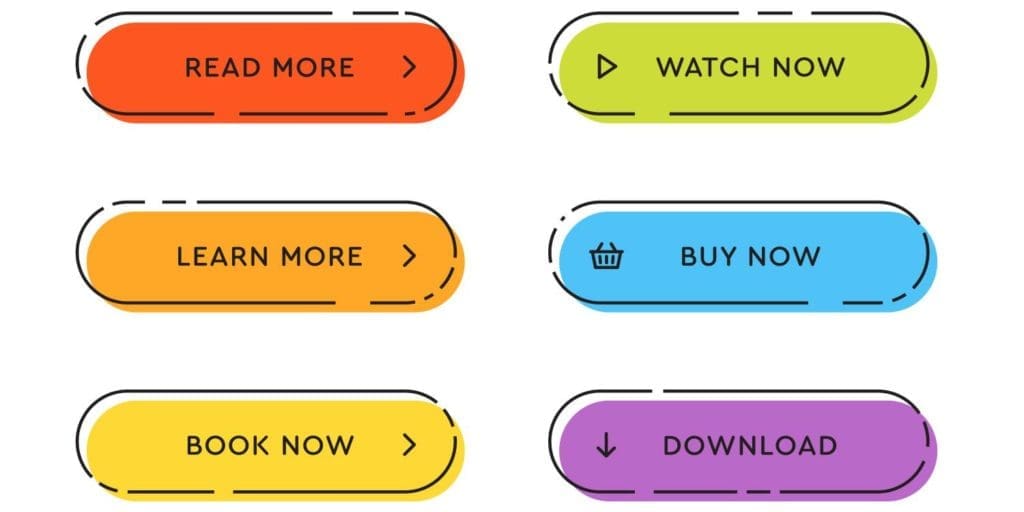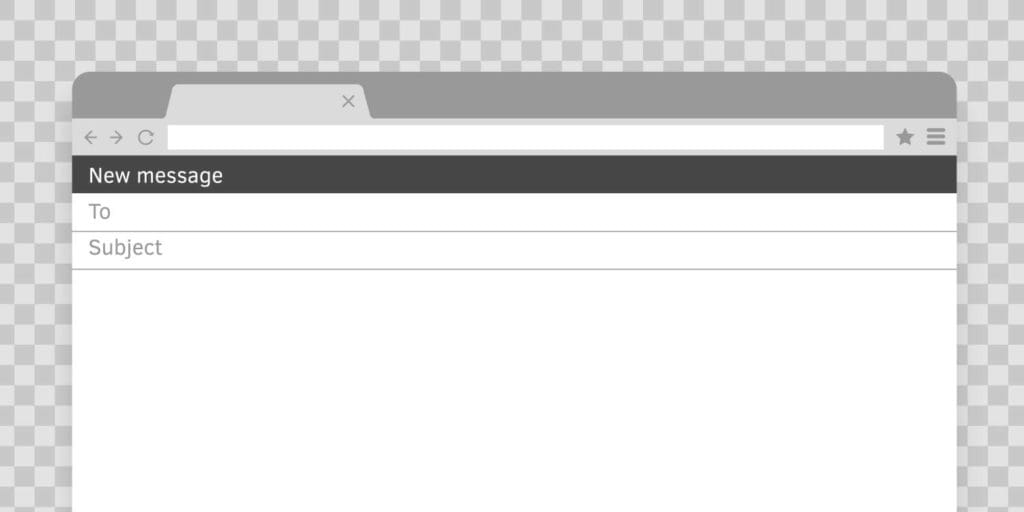Immediately, you might be thinking, ‘why would my clients ever want to receive a newsletter from me?’ It’s a valid concern if you’re a little self-conscious about your marketing efforts. Millions of emails are sent shooting through the net, and plenty of them inevitably end up in a lonely inbox – never to be opened. The deciding factor between an email doing an impression of Akon and an email that captures the attention of your clients? The copy. A great headline and catchy tagline can make or break your email rates. That’s why it’s essential to learn how to write email copy for law firms.
What Is Email Marketing for Law Firms And Why Should I Bother?
Again – all good questions! Email marketing is essentially the use of email to promote your business’ services. So, for a law firm, that could be your consultation for legal information and advice, representing clients in negotiations, reviewing documents, and more. You’ll be sending these commercial emails to a list of contacts that have given their express permission to receive email communications from you. (That’s GDPR for you!)
Email marketing is a favourite of marketers all over because of one key statistic: for every $1 you spend on emails marketing, you can expect an average return of $42. If you put any kind of energy into any marketing channel, it should be your email marketing.
But what’s the point of all this? Surely your clients know what services you provide, right? A common mistake that law firms tend to make is shoving their services onto their emails with no tact. People don’t want to feel like they’re being sold to. You should go into writing these emails with a different goal – informing your contacts on the latest in your space, providing useful advice that’s relevant to their interests and building a community around your firm.
To help you do just that, we’ve got…
6 Tips to Help You Nail Your Email Marketing Copy
1. Stellar subject lines
You know that saying… ‘Don’t judge a book by its cover?’ Well, we secretly all do, right? A subject line is like your email’s cover. People will decide whether to click or not based on the quality of that subject line. It makes or breaks your OR (open rate.)
Invest a big chunk of your time into writing your subject line. It’s just like your heading for a blog post – you could spend hours crafting the most useful, engaging, informative blog post in the world, but if you’ve titled it ‘Tips For Legal Proceedings That You’ve Already Heard Before,’ then you can probably kiss all your clicks goodbye. However long you spend on your email’s body copy, you should spend at least half of that on your subject line.
There are a few golden rules when it comes to writing a subject line:
- Length: It’s been proven that shorter subject lines (between six to ten words) have the highest open rate. When you think about it, this makes a lot of sense. Most people read their emails on their phones. So, if your subject line is too long, it’ll get cut off preemptively and nobody will even be able to see what your emails are about. And since there are hundreds of other things to catch their attention, they’ll move on without another thought.
- Wording: This isn’t the place to faff about. Use actionable verbs in your subject line. Do it! Your subscribers will be more likely to take notice and understand what you want them to do. Act now!
- Use personalisation: Nobody wants to feel like just another number. Whenever you insert someone’s name into a subject line, OR will increase substantially – by about 50%! Always ensure you’re addressing your audience by name whenever possible.
2. Promising preview text
Have you ever seen that smaller bit of text next to the subject line? That’s your text preview. And it’s just as important as the subject line. It helps your audience suss out if the email is worth their time or not – so you’ve got to nail it and hook them in!
If you’re making grand promises in your subject line, it’s important to follow through in your preview text. Just a short snippet of info to give your subscribers a good idea of what the email is about. Try your best to create a curiosity gap, so the reader is interested enough to give it a click but doesn’t know so much already that they won’t need to venture further.
The shorter and the briefer, the better!
3. Leave the legal jargon
Nobody likes legalese. We can’t speak it, it hurts our heads a bit, and we’d all be better off if it was left out of your emails. You want your audience to understand every word of your email so they feel as though you’re the go-to for legal advice and knowledge. Nobody likes not having a clue what’s going on, and without a law degree, they probably won’t understand if you start getting technical.
Instead, focus on your client’s pain points. How can your law firm help them overcome an obstacle or save money and time?
4. Make it snappy
If you’re writing out your email copy and it’s hundreds of words long… Stop. Delete. Let’s try it again. In 2022 alone, 333.2 billion emails are expected to be sent and received each day. Your clients have a full inbox and they don’t have the time (or the attention span) to sit and read an essay. Get straight to the point – let your reader know what’s going on, how you’re going to help and where they can go for more.
5. Remaining relevant
If an email has nothing to do with someone, they’re not going to open it. Sending out really generalised emails to your whole mailing list won’t hit the mark for everyone – it’ll probably hit the mark for no one, honestly – and they won’t convert. (A friend to all is a friend to none, after all.)
You should be breaking down your mailing list into smaller segments based on what they’ve clicked in the past, age groups, when they signed up, and other factors that make sense for your law firm.
If you spent time learning what your audience likes and dislikes, you’ll have a much easier time writing your email copy… because you’ll already know what they want to hear!
6. Concise calls to action
Don’t overwhelm your audience with hundreds of buttons with hundreds of links going to hundreds of different places. One call to action will do. Your copy should be simple and it should clearly state what you want your readers to do. Time is always of the essence when it comes to email marketing – so just speak plainly.

If you’re a law firm looking to revive their mailing list or take the grand leap into the wide world of email marketing, you’re in the right place. Boss Digital are expert at all things digital marketing. Contact us today for a free consultation.






